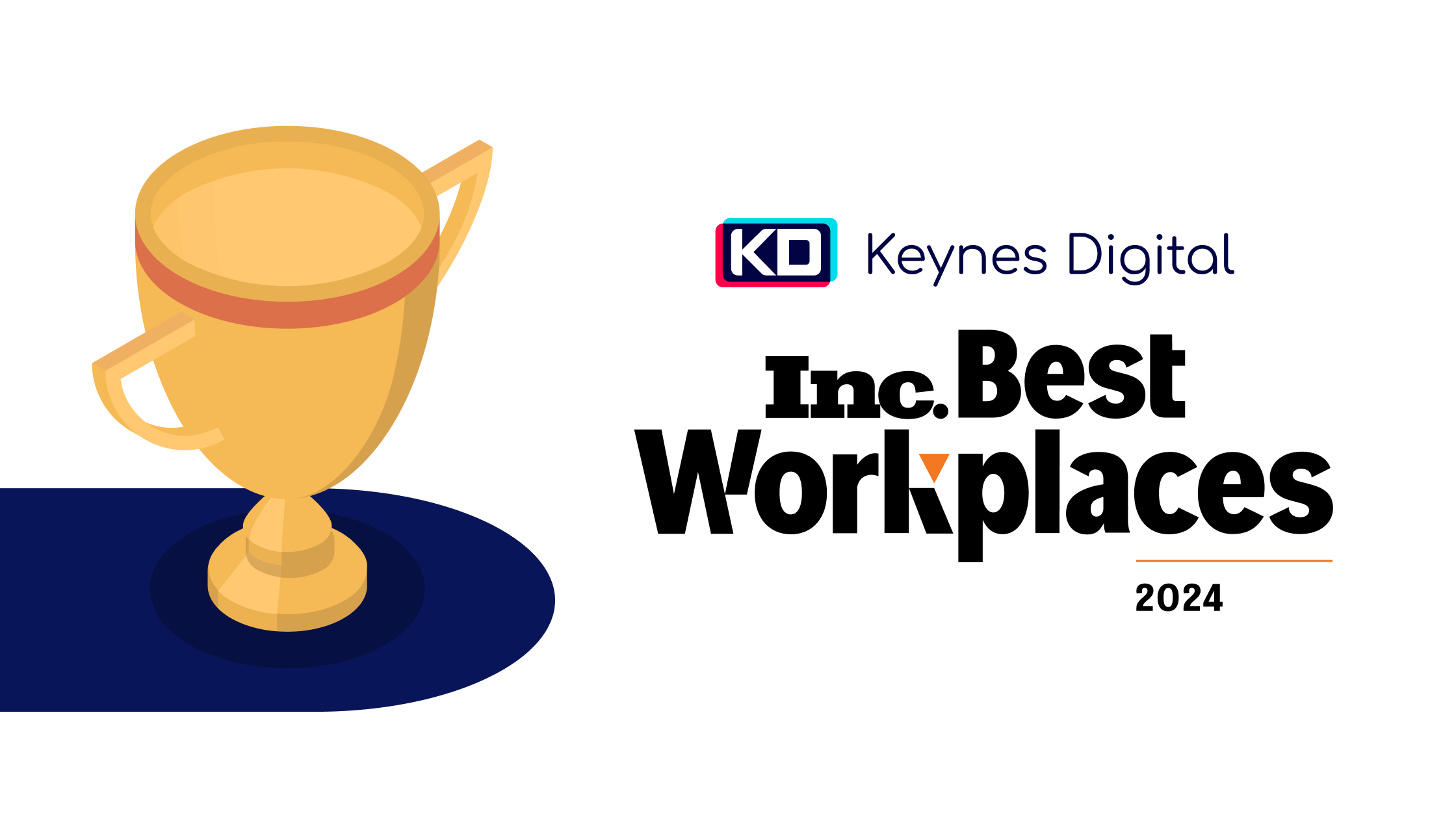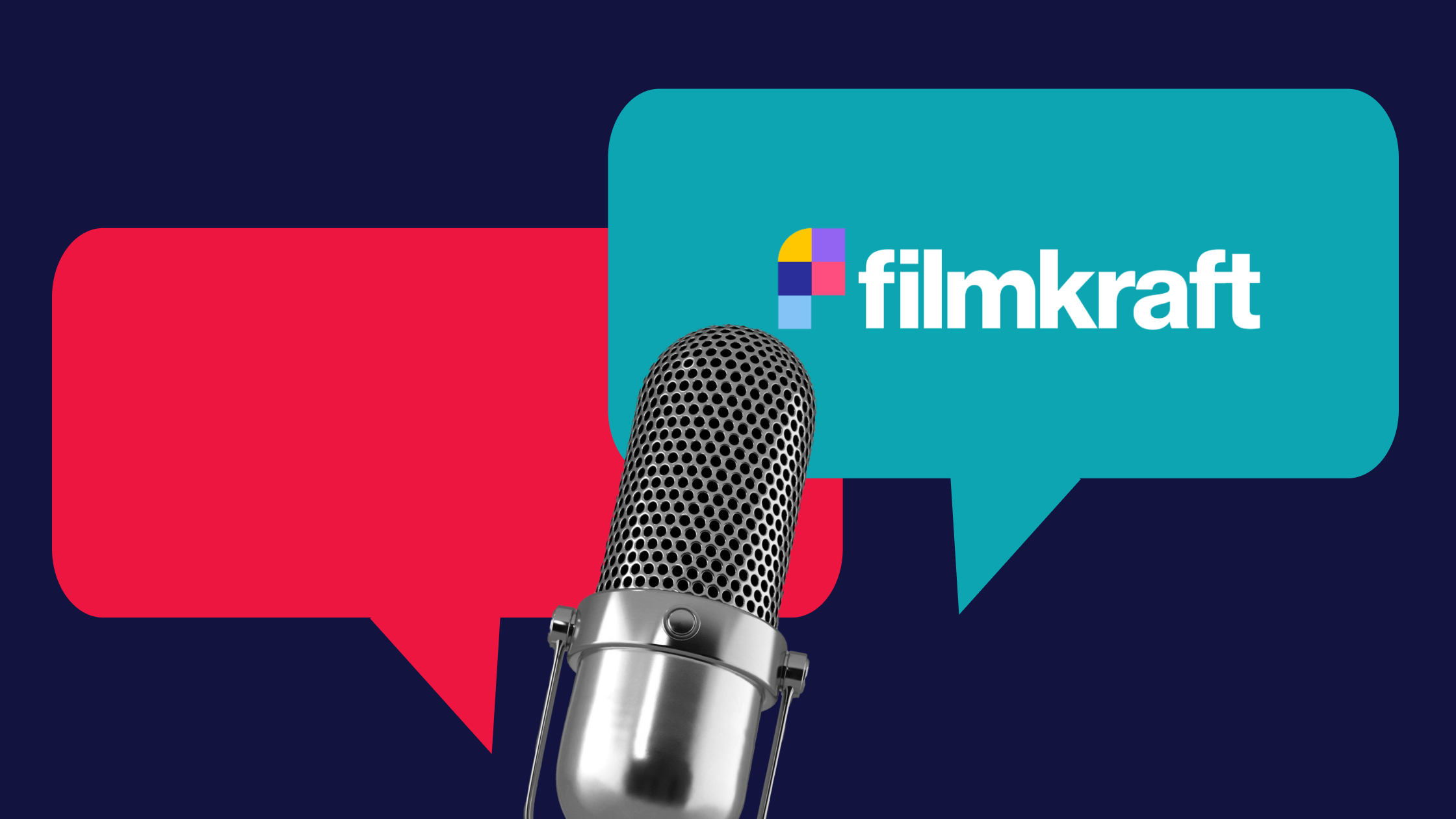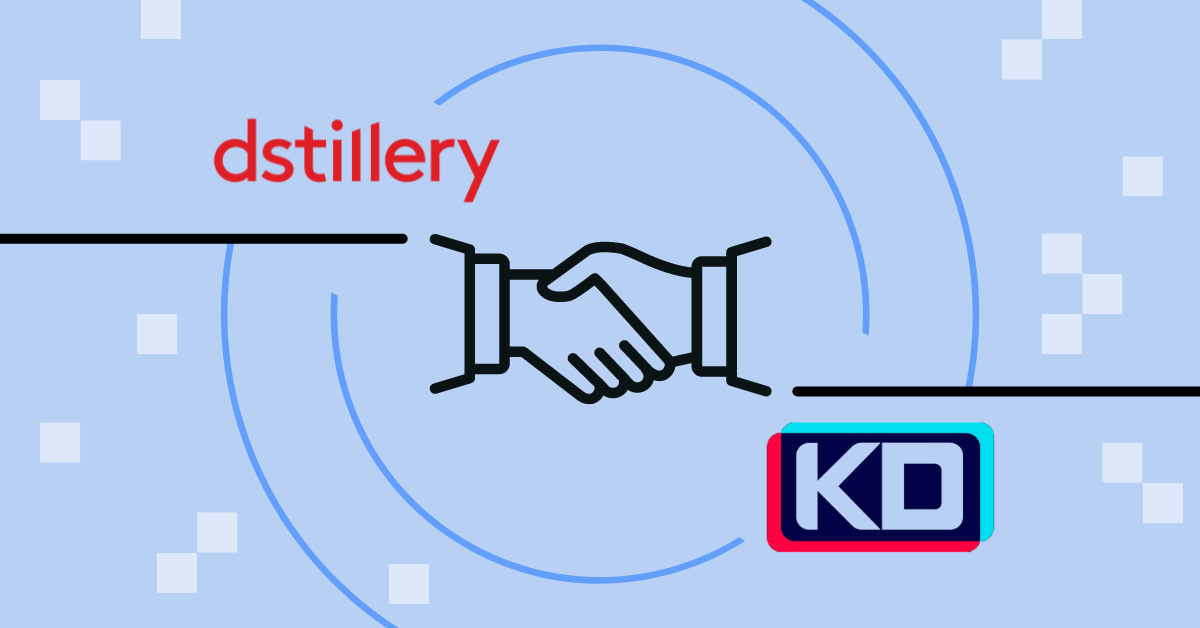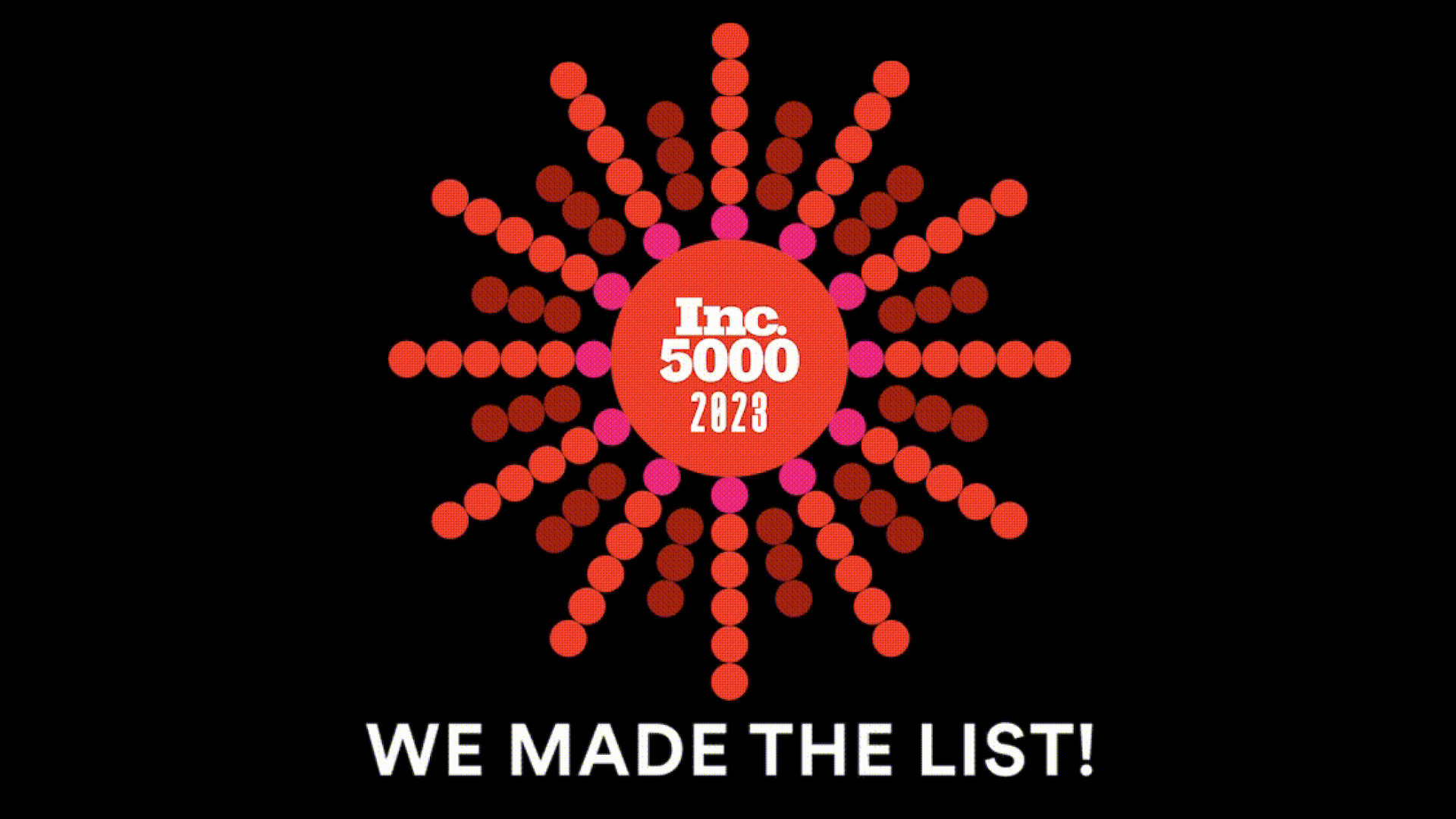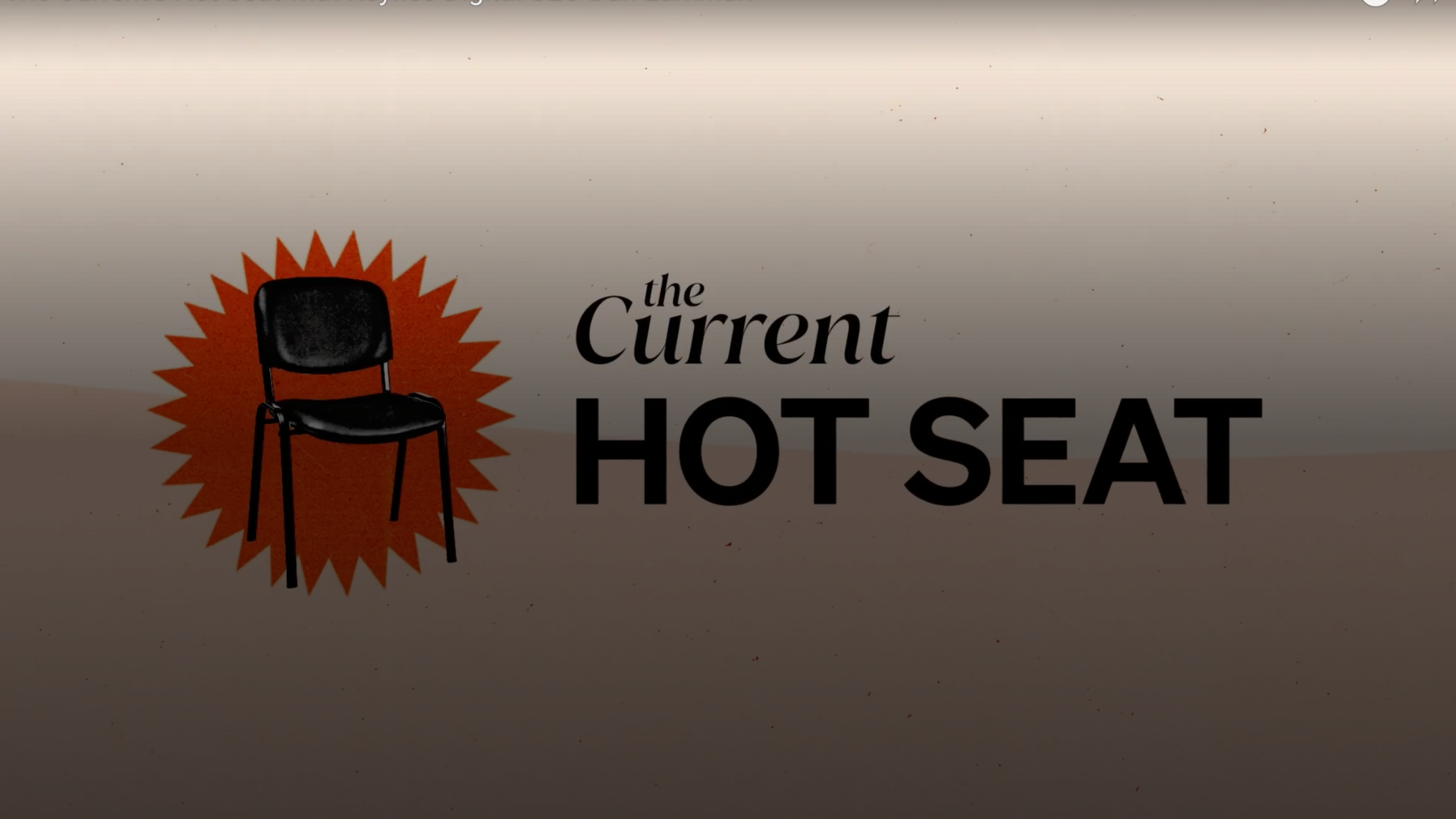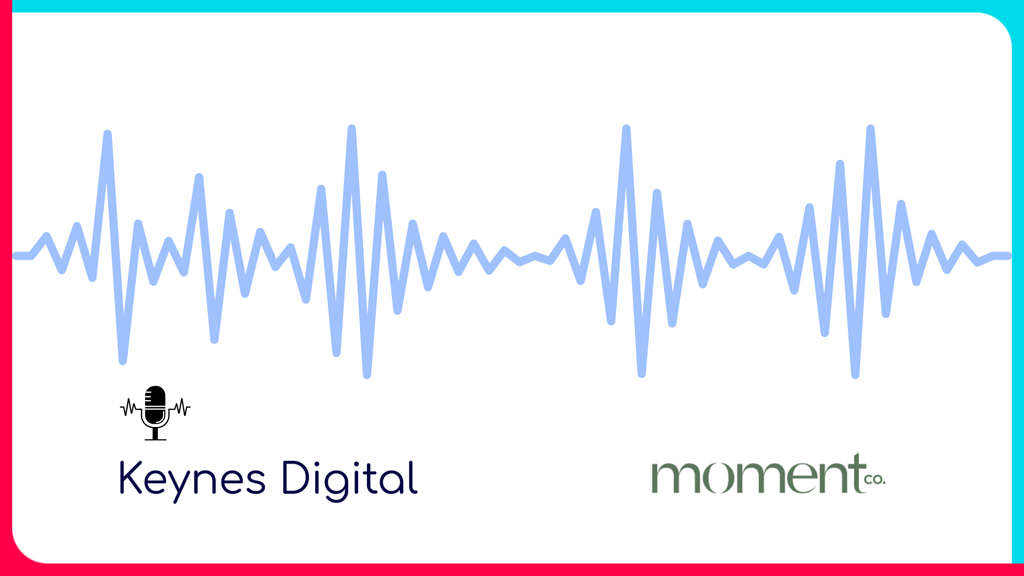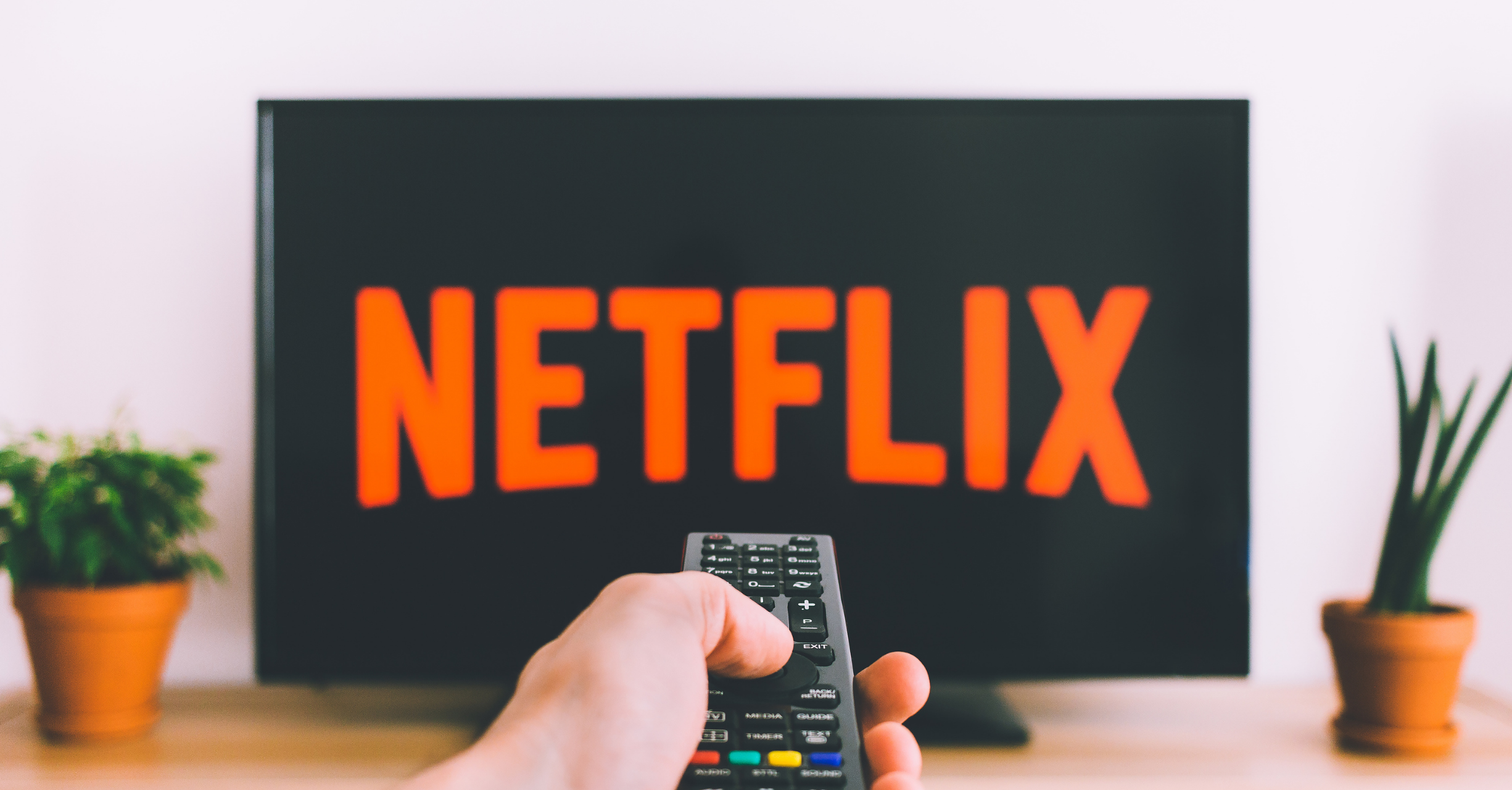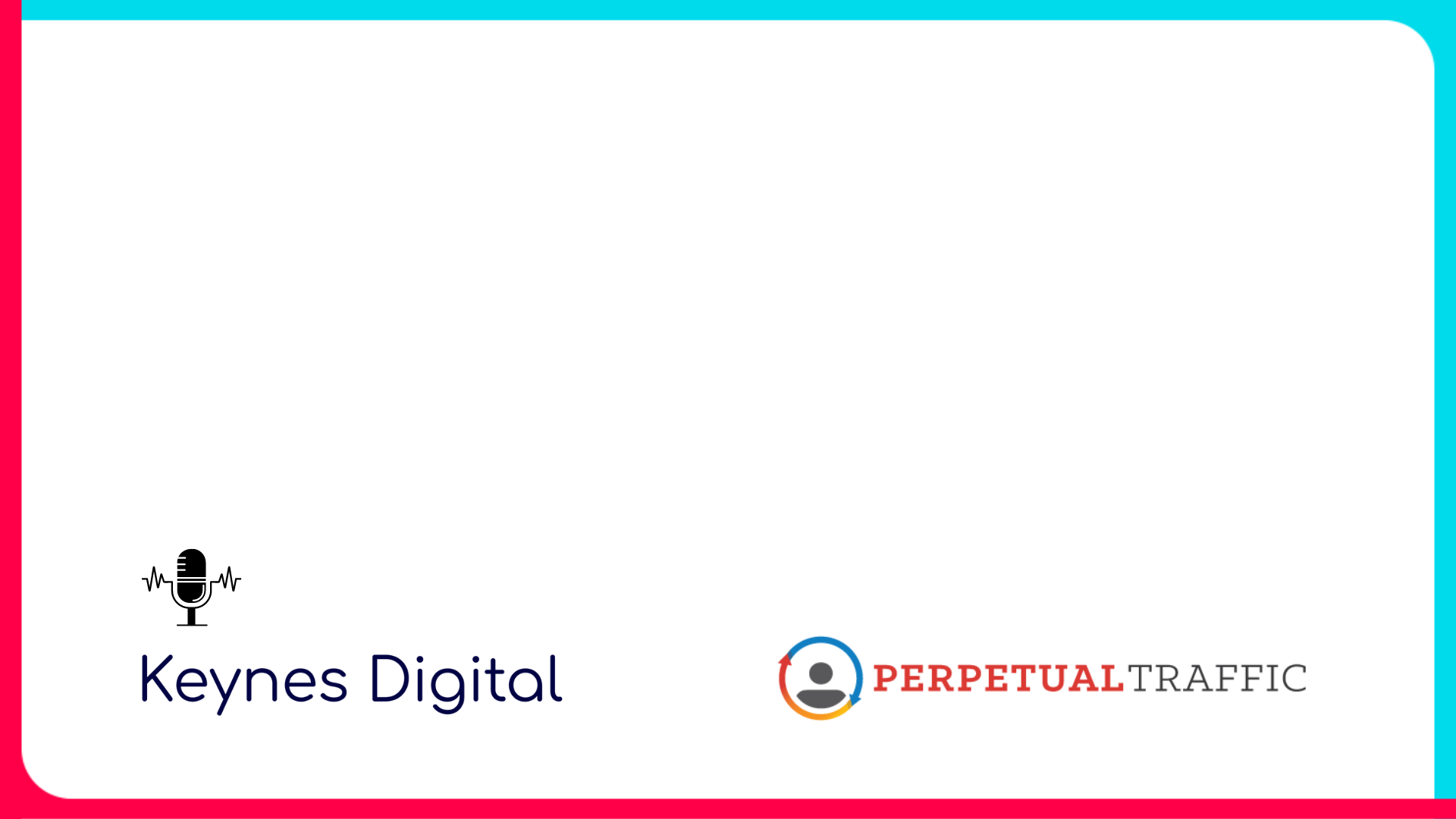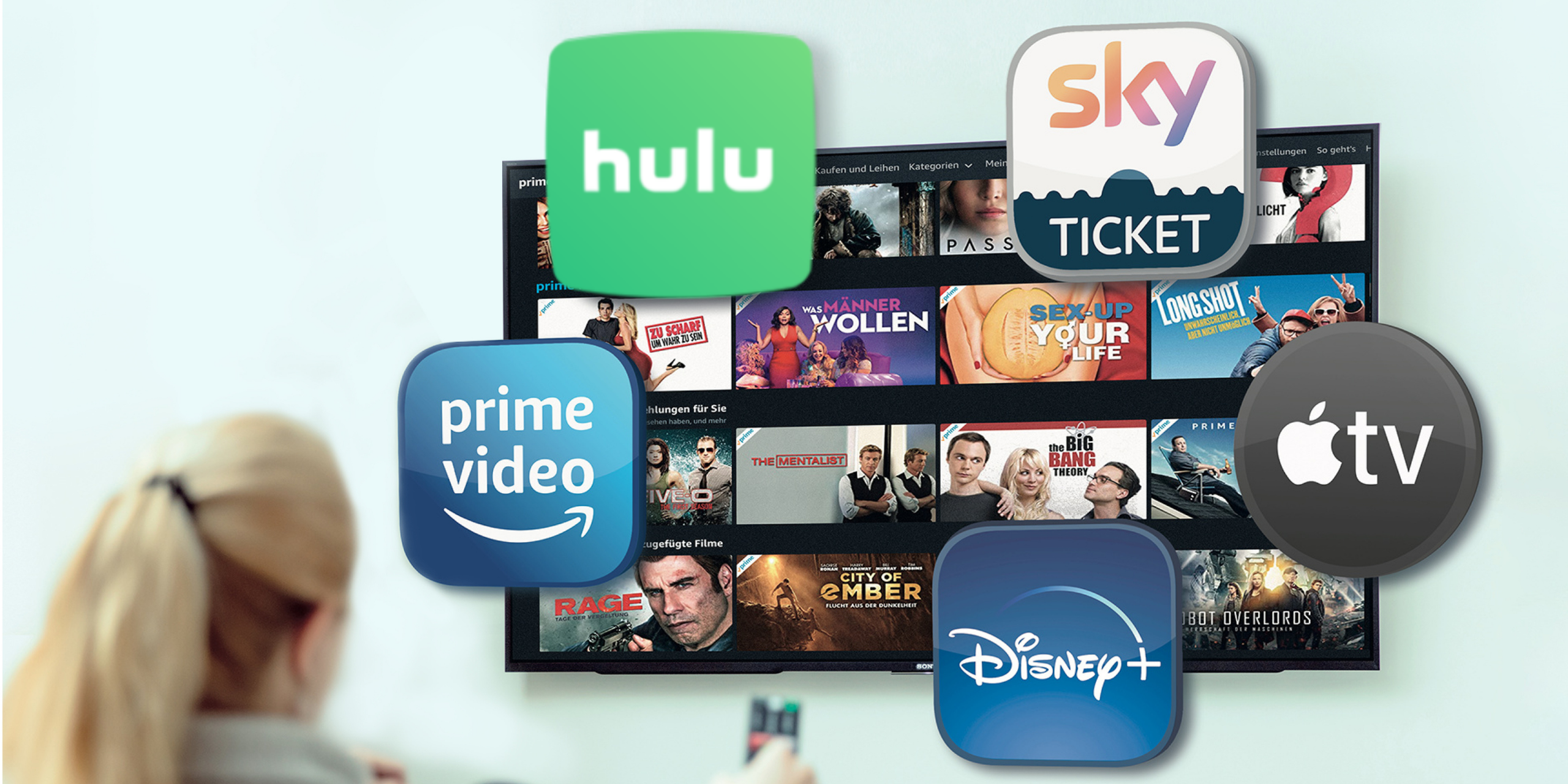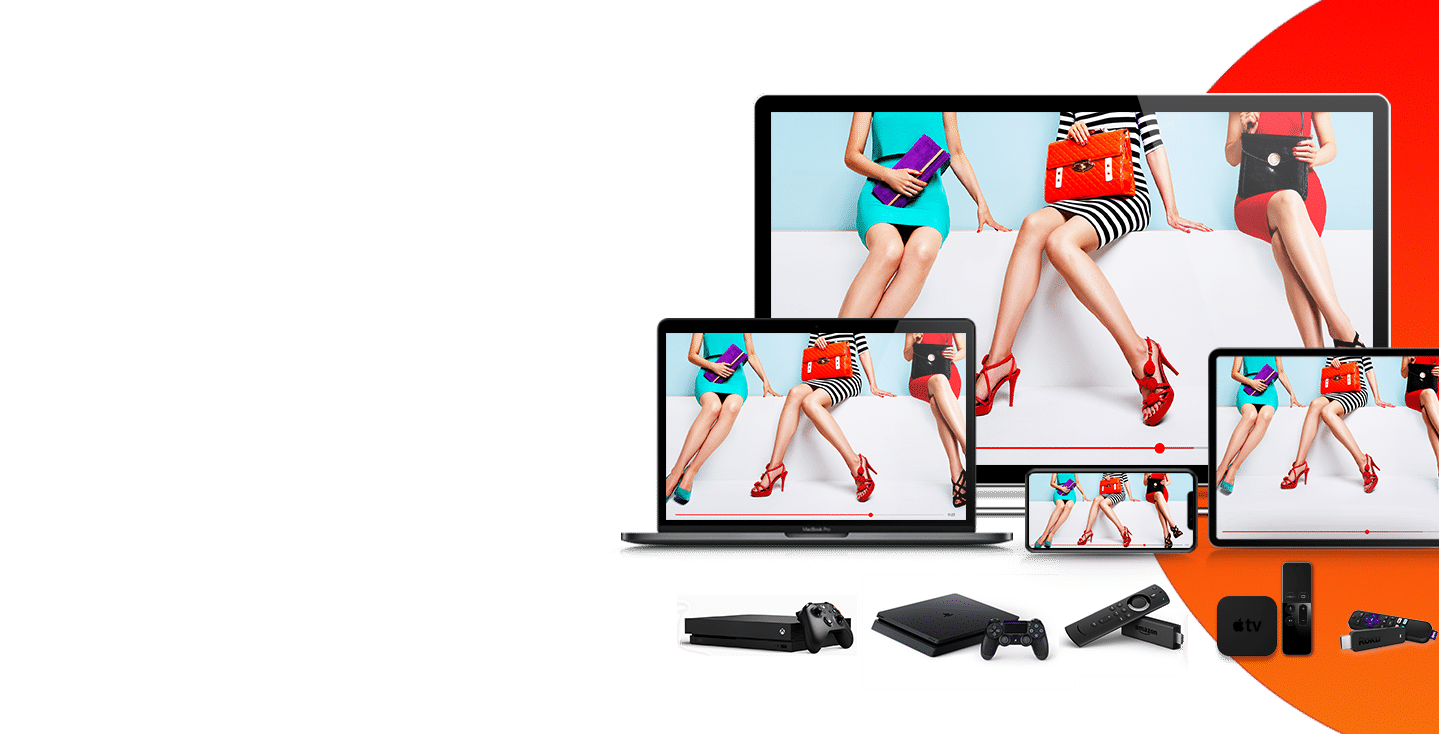The Trade Desk & CTV Alignment
What is Programmatic Advertising?
In traditional network television advertising, advertisers talked to advertising sales reps and negotiated an agreement by which ads would be shown on a specific show at a specific time at an agreed-upon price. It was a human process and it took days, weeks, or months.
This process is unproductive for today’s technological advertising world of OTT and connected TV. It’s expensive, time-consuming, and inefficient if it doesn’t provide enough information about how successful an advertising campaign is. That’s why connected TV advertising is bought and sold through an automatic bidding process with access to online information. That process is called programmatic advertising.
OTT, or over-the-top television, is any kind of streamed digital content delivered over the internet and viewed on a computer. OTT can be enjoyed on a smartphone, tablet, or laptop, and be seen on a television set that’s capable of interpreting and displaying that digital content. Smart TVs have an internal computer that enables them to display OTT, and viewers can make almost any set OTT compatible by adding an OTT device such as Roku or an Amazon Fire Stick.
The difference between connected TV vs OTT is that OTT refers to all this content, no matter how it’s viewed, while connected TV refers only to viewing the content on a television screen.
Programmatic advertising creates an arena for advertisers and ad publishers to bid on ad spots on websites, podcasts, and OTT and connected TV content. The advertisers and publishers won’t negotiate directly with one another. There is a process, driven by AI algorithms, that matches bids with inventory that publishers have available to sell.
Programmatic Advertising – Real-Time Bidding
There are several flavors of programmatic advertising, but about 90% of such advertising is done through Real-Time Bidding (RTB). In RTB, ads are sold through real-time auctions. They’re fast. The typical online ad sale is made in about 100 milliseconds.
There are several components in an RTB auction.
- The Supply Side Platform (SSP) is a publisher’s tool. It is where ad suppliers organize the ads they have for sale.
- The Demand Side Platform (DSP) is an advertiser’s tool. It’s where the marketers enter the ads they want to have placed.
- The Ad Exchange can be thought of as a trading floor. It’s where ads from the DSP and inventory from the SSP are matched and advertising is sold.
- The Data Management Platform (DMP) is a repository of information about the potential audience that advertisers can use to target their ad campaigns.
For example, a network partner of Keynes, The Trade Desk, is a fast-growing DSP. DSPs, such as The Trade Desk, programmatic advertising is made available to marketers. Like many DSPs, TTD integrates with a DMP to provide advertisers with audience data. The Trade Desk provides advertisers with a portal into the programmatic advertising marketplace.
Programmatic Connected TV Advertising
Before answering the question, “what is CTV advertising”, let’s ask, “what is connected TV”. As noted above, the CTV definition is specific to that subset of OTT content that’s viewed on a television set.
To understand CTV advertising, you must understand what is CTV and what people watch on it. Its offerings are from OTT providers, such as Netflix and Amazon Prime. Such content consists of movies, episodes of TV series, and proprietary shows. The ads are designed to fit the new way of TV viewing. The short 15 to 30 seconds appear before or during the TV show or movie is being viewed. People also watch this material on laptops, tablets, and smartphones. On those devices, ads can be skippable. However, CTV meaning is the OTT content playing on a television set, and these ads on CTV are non-skippable.
More and more people are fleeing cable and opting for connected TV. For marketers, this creates both a need and an opportunity. They need to take their advertising to where the growing audience is and they have the opportunity to market to this audience more effectively than ever before. There are things a marketer can do with CTV advertising that simply can’t be done with old TV ads.
CTV advertising allows deciphering a targeted audience and displaying a campaign’s message based on demographic factors, such as age, zip code, and individual tastes and interests. It shows who viewed the advertising, along with the demographic details of that targeted audience. Rather than paying a flat fee and sending network TV ads to an audience that may or may not be best for the advertiser, with CTV ads the advertiser pays per impression. The advertiser is charged based on how many people watch the message.
The Trade Desk CTV
What does The Trade Desk do? As noted above, The Trade Desk is a demand-side platform or DSP. The advertiser is the demander in the programmatic advertising supply-and-demand equation. Like Keynes, the DSP Trade Desk gives marketers a central platform to set up campaigns on connected TV via a programmatic strategy, such as real-time bidding.
The Trade Desk takes the request to the Ad Exchange and makes a real-time automated agreement with an inventory supplier working through a supply-side platform (SSP).
While CTV growth is a driver of the marketplace The Trade Desk participates in, the reach of this sort of advertising extends beyond connected TV and even beyond OTT. Every kind of internet advertising can be bought and sold on the Ad Exchange. This includes contextual ads to internet users based on what pages are browsed and what queries are entered. For example, an advertiser can target potential customers searching for their product but have not yet purchased.
While The Trade Desk is the fastest growing demand-side platform, there are The Trade Desk competitors that offer similar services. Like The Trade Desk, they typically have an integrated data management platform (DMP), so an advertiser can have demographic information at their fingertips as they decide how to target their messages. The most popular and successful of these alternatives include Google Marketing Platform, Verizon Media DSP, Basis, and StackAdapt.
The Trade Desk enables many types of online advertising. For their biggest advertisers, connected TV advertising is one of these. The Trade Desk exploits all of the capabilities of programmatic advertising in its support of connected TV ad campaigns.
With The Trade Desk, an advertiser places ads on CTV platforms and controls how often these messages appear. The advertiser can integrate audience data into their specifications and get measurements about the campaign, including conversions.
The Trade Desk Edge
Since its founding in 2009, The Trade Desk has been a leader in the adtech world and a key player in the introduction and popularization of RTB. In the online advertising world, The Trade Desk pricing is based on total advertising spend for the marketer, a typical practice in the industry.
The Trade Desk realizes that the new universe of programmatic advertising is complex and that individuals and companies may need a leg up in understanding it. Their Edge Academy was built to make digital advertising education available to everyone.
The Edge Academy is of value both to companies that want to improve their online advertising and to individuals who seek to broaden their knowledge and advance their careers. The Edge Academy web page, headed by the familiar The Trade Desk logo, offers three certification courses to help individuals better understand digital marketing. A user uses The Trade Desk login and gets hands-on experience with their DSP. The Edge Academy promotes adtech education for current or career-needed individuals and students considering a future in digital marketing. The Edge Academy focuses on the importance of advertising practice.
Additionally, The Trade Desk showcases its DSP’s success stories with top brands, such as Anheuser-Busch, Niagara Water, and Magnum Ice Cream. The Trade Desk blog, in addition to its case studies, contributes information about trends in programmatic advertising and interviews with key players in the adtech world.
Industry Expert Insights
We are your high-touch, performance-focused streaming TV and programmatic advertising partner. Our team of experts and a one-of-a-kind data-driven platform connects you to the best streaming TV marketing strategies.


